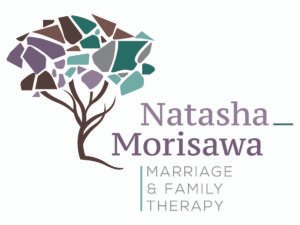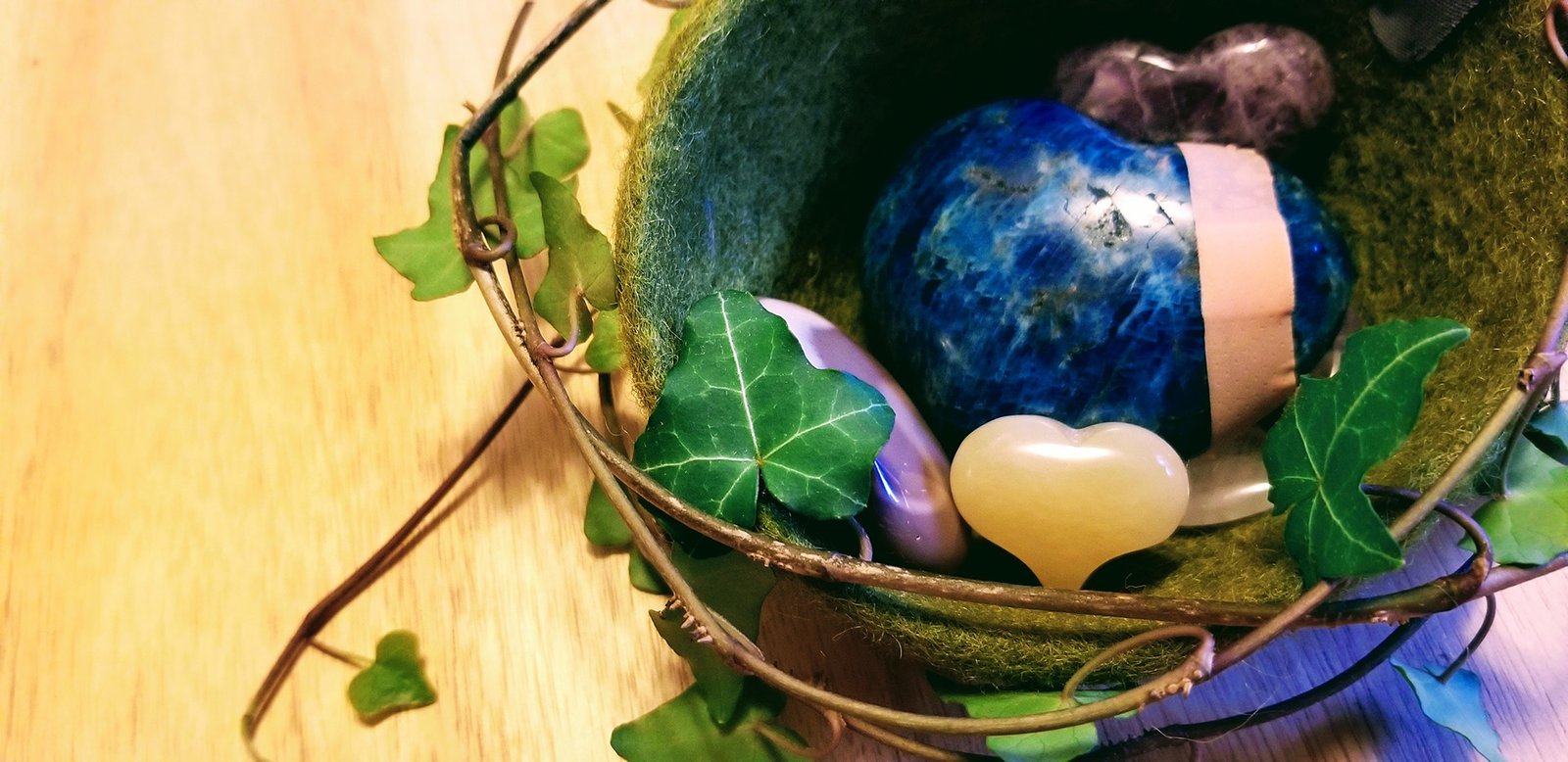The Girl Scouts motto is “Be prepared” and can be applied to many areas of our lives. For the cuts, blisters, and bruises that happen along the way, a basic first aid kit might be something you might carry with you. For those of us going through more difficult emotional times that may include “trips and falls,” have you considered packing an emotional first aid kit?
What is an emotional first aid kit?
An emotional first aid kit is a set of resources (physical or digital) that help regulate emotional and physical states in times of dysregulation or high emotional reaction. It’s portable so you can have access to it whenever you need it. Experimenting on your own or with a therapist familiar with your unique needs is a good start to finding items and exercises that bring you back to a more regulated state of being.
How do you use an emotional first aid kit?
Here are some examples:
- Feeling anxious about a presentation or performance? Go to that pre-made playlist on your mobile device for music that calms you or bring up a guided meditation.
- Holiday get-togethers impacting your stress levels? Find that mantra that you wrote to your future self as a reminder:
“You are allowed to lovingly disengage from situations and conversations that are no longer healthy for you.”
- Find some alone time in a quiet room for an essential oil sensory uplift from your emotional first aid kit.
- Finding yourself overstimulated in any particular situation? Interrupt that cycle of irrational thoughts and get grounded with a picture of a soothing location, put your headphones on and listen to a podcast or audiobook, or drink some cold water that you packed ahead of time.
Just like any other emergency kit, you can always involve others with your care. You can add a reminder to call a trusted person to support you when things feel overwhelming, or ask for a break so you can use an item from your kit. That might even give others permission to take a needed break to care for their own needs. We may not be accustomed to caring for our emotional needs like we would our physical needs, so it might feel uncomfortable recognizing these needs. Once you are prepared for these challenging moments, using your prepared EFK becomes much easier. That is how change works. And the more you use it, you might even find the less you need it.
Designing and assembling an emotional first aid kit
Although there are some products marketed as “emotional first aid kits,” the most effective ones are designed and tailored to your specific needs by you! They should include resources that match what works best for you.
Emotional first aid kits can be designed to fit into any number of containers, such as a recycled breath mint tin or might be carried in a separate bag in a backpack or purse. Choose easily replaceable items and update it regularly with what’s working for you now.
If you are designing a kit for a child, include them in the process of designing this kit and have conversations about what it can be used for and how to use it.
Ideas for a general emotional first aid kit:
- A picture of a person or image that brings you joy or peace
- Gum or mints
- A small object that you can hold that has meaning to you
- A paper with specific mantra, sayings, quotes, poems, or song lyrics that give you hope or perspective
- Essential oil, dried herb, or spice that you associate with groundedness and comfort
- Playlists on your mobile device. One to downregulate and soothe for times of stress and anxiety, and one more upbeat to energize you in those times of energy slump
- Reminders on different ways to manage high emotion situations that you can try
- A short guided meditation saved on your mobile device
- Nature pieces (Ex: a smooth pebble, a leaf)
Additional items when designing one for pre-adolescent children
- Sketch pad with scented markers, crayons
- Journal (to note positive affirmations and illustrate them, or do a “quick write”
- Postcards and/or photos of calming and favorite scenery, nature settings
- Non-interruptive fidget items (fidget rings or spinners, silly putty)
- Travel games (word search, matching games, Mad-Libs)
- Headphones or earbuds for listening to music or audiobook
What you might add if you are managing trauma or PTSD
- Cold water or warm beverage in a well-insulated container for drinking (non-alcoholic and moderate caffeine)
- A list of breathing techniques that work for you
- Reminder cards on holding positions, tapping sequences, or exercises that help you
- Pre-recorded message either written or audio to yourself that reminds you that you are here now, you are safe, and that you can start to feel your body in the space it currently occupies. Name 5 things you see, 4 things you feel, 3 things you hear, 2 things you smell, 1 thing you taste.
- A portable cold pack that can be activated and placed on the back of your neck or chest
- Self-curated playlist (uplifting for when you need more energy, soothing for when you need to down regulate)
For the Highly Sensitive Person and/ or neurodivergent person
- Small stuffed animal
- Soft sweater
- Stress ball
- Postcards, photos that bring up happy and relaxed memories
- Coloring book or sketch pad with scented markers, crayons
- Ear plugs and eye mask
- Journal for writing thoughts and feelings of the moment to go back to later to explore
- Chewing gum and/or hard candy
Additions for managing Chronic Pain
- Extra medicine in case you left yours behind
- Items of support or relief (patches, braces)
- A list of pressure points or stretches for specific pain relief
- Portable heat or cold packs that can be self-activated
Additions for recovering from addiction
- Phone numbers for sponsors, support persons, and communities
- Non-alcoholic beverage of your choice
- Mints or gum
- Fidget item or something to carry or hold
- A list of reminders of why you are choosing to do things differently
- Guided meditation or journal that allows you to check in with yourself in that moment
- Simple phrases that help remind you that this moment will pass, you can do hard things
- An item that connects you with something bigger than yourself (patron saint card, religious jewelry, small pebble, picture of loved one, a poem or song lyrics)
Resources / articles to add to your emotional first aid kit:
Articles:
- Grounding Exercises: Using Your 5 Senses for Anxiety Relief
- 6 Techniques to Cope in 5 Minutes or Less
- 5 Techniques for Calming Your Anxiety



